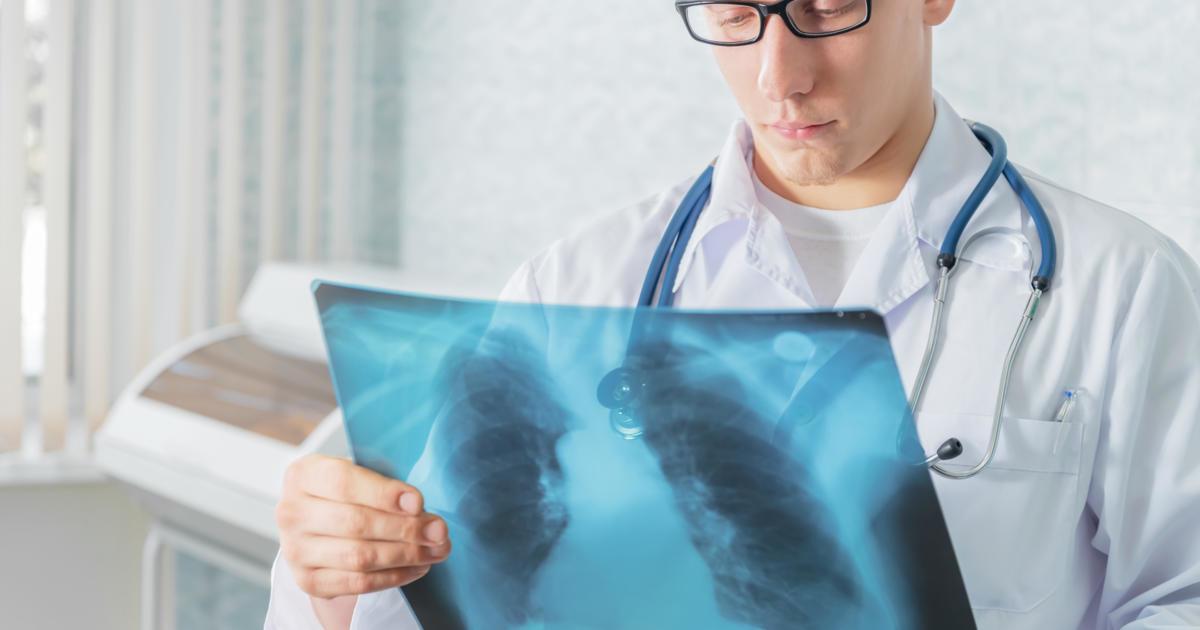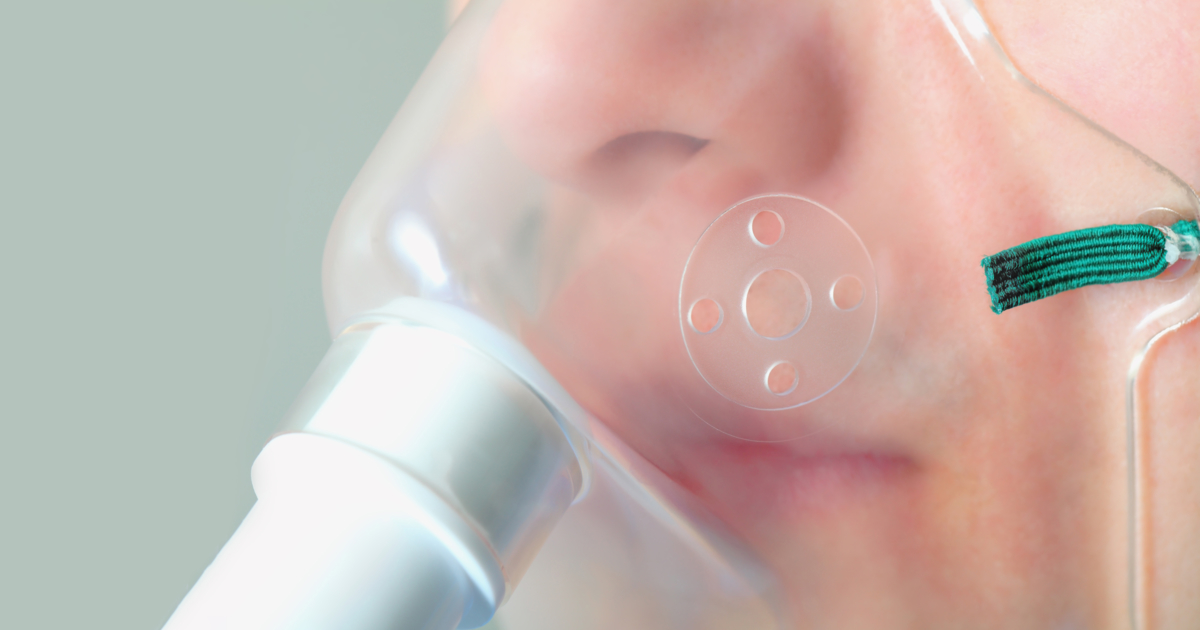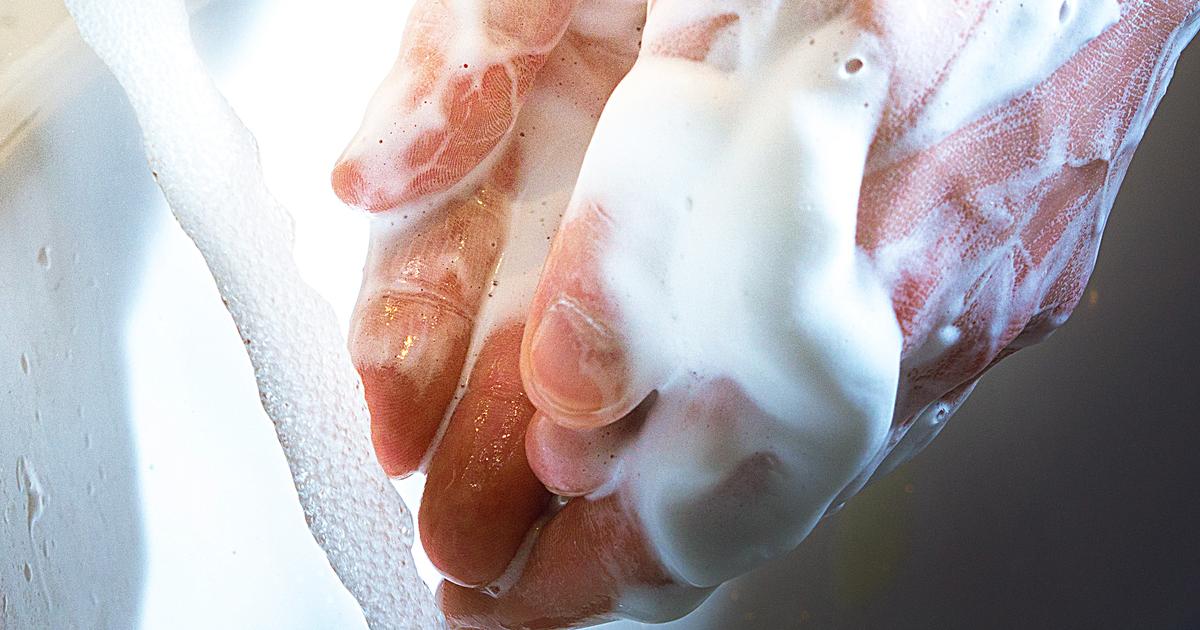What Is Walking Pneumonia?
Walking pneumonia is an infection caused by bacteria that primarily affects an individual's lower and upper respiratory tract. Walking pneumonia is not as severe as the other forms of pneumonia, so it is often referred to as atypical pneumonia. In most cases of walking pneumonia, hospitalization and bed rest are not required for recovery. It goes unnoticed and feels similar to the common cold for most individuals. Despite the mild symptoms produced by the bacteria that causes walking pneumonia, the affected cells are resistant to the antibiotic known as penicillin, which is often utilized in the treatment of pneumonia. Without treatment, most cases of walking pneumonia tend to last for between a week and a month. Approximately two million individuals in the United States are affected by walking pneumonia every year.
Get the full details on walking pneumonia now.
Symptoms To Watch For

Even though walking pneumonia is not as severe as other forms of pneumonia, it still produces bothersome symptoms. The symptoms of this form of pneumonia have a rather slow onset, starting between one and four weeks following first exposure to the Mycoplasma pneumoniae bacteria. As the illness progresses, the fever becomes higher, the symptoms become worse, and coughing may produce discolored mucus or phlegm. Other symptoms include a sore throat or pharyngitis, fatigue or feeling tired, mild chills, a persistent cough that may or may not produce mucus, headaches, chest pain, a low-grade fever, pain upon inhaling deeply, appetite loss, shortness of breath, and sneezing. The symptoms of walking pneumonia last on average for between one week to over a month. Most cases of walking pneumonia are never diagnosed because the patient has mistaken it as a cold or mild sinus infection. While it is rare for symptoms to become any worse than described, some patients can experience life-threatening complications.
Get the details on the causes and complications linked to walking pneumonia next.
Causes And Complications

The most common cause of walking pneumonia is an infection by the Mycoplasma pneumoniae bacteria. Walking pneumonia is transmitted to an individual when an infected person expels microscopic droplets of saliva from their nose or mouth. This usually happens when the individual who is infected coughs or sneezes. When the Mycoplasma pneumoniae bacteria enter an individual's mouth, nose, and airways, they multiply and colonize. This colonization allows the bacteria to spread into the lung tissues and cause damage to the linings of the throat, windpipe, and lungs. It takes the Mycoplasma pneumoniae longer than most types of bacteria to colonize in an individual's tissues and produce damage that results in visible symptoms. Due to this property of the walking pneumonia-causing bacteria, most patients who become infected are those who have spent long amounts of time with another infected individual. Siblings and immediate family members are likely to spread walking pneumonia to one another. In rare cases, complications such as asthma attacks, new asthma symptoms, hemolytic anemia, toxic epidermal necrolysis, Stevens-Johnson syndrome, erythema multiforme, serious pneumonia, encephalitis, and renal dysfunction can develop as a result of walking pneumonia.
Keep reading to learn about how to treat walking pneumonia now.
How To Treat It

Most cases of walking pneumonia are treated at home because the symptoms do not produce a need for the patient to seek medical attention. When a patient does seek medical treatment for walking pneumonia, a physician will do a physical examination and laboratory tests to determine what type of bacteria or if a virus is causing the infection. If the bacteria is not a strain that is known to be resistant to antibiotics, the patient will be prescribed a course of oral antibiotics to help eliminate the infection. Some patients who experience complications or have especially severe forms of walking pneumonia caused by the penicillin-resistant Legionella bacteria may need to be hospitalized. In a hospital setting, a patient with severe walking pneumonia can be monitored closely, receive respiratory therapy, supportive oxygen therapy, intravenous fluids, and potent intravenous antibiotic therapy to help them recover. It can take anywhere from a week to a month for a patient to recover from walking pneumonia, depending on whether they have received treatment.
Compare walking pneumonia to other types of pneumonia next.
Comparison To Other Types Of Pneumonia

Pneumonia is a condition where patients experience airway inflammation due to an infection by a virus, fungus, or bacteria. Walking pneumonia, as mentioned, includes mild cases of pneumonia in an individual. An individual with walking pneumonia experiences a mild fever during their illness, where a patient with pneumonia experiences a high fever that exceeds 101 degrees Fahrenheit. A walking pneumonia patient will experience a non-productive dry cough for several weeks, while someone with pneumonia will experience a mucus or phlegm-producing cough. Both forms of pneumonia are known to produce headaches, loss of appetite, sore throat, and chills. An individual who has pneumonia will experience pain in their chest when breathing and shortness of breath, whereas a walking pneumonia patient will experience chest pain and labored breathing. Individuals who have pneumonia are most often treated in a hospital, while those with walking pneumonia rarely require hospitalization.
Learn about preventing walking pneumonia next.
Preventing Walking Pneumonia

There is currently no vaccine to prevent an individual from becoming infected by the bacteria that causes walking pneumonia. In addition, the body of an individual who has had walking pneumonia previously does not retain its immunity to the infection-causing bacteria, which means they can become re-infected. Taking preventative steps is critical for individuals who come in close contact with others regularly, like in nursing homes and schools. An individual should thoroughly wash their hands with lukewarm water and antibacterial soap before handling any food, touching their face, touching their nose, or touching their mouth. A walking pneumonia patient should only sneeze and cough into tissues and discard them immediately to prevent others from breathing in the particles and becoming infected. An individual can prevent walking pneumonia by not sharing personal items like utensils, straws, cups, food, linens, clothes, and towels. They can also use hand sanitizer to help prevent walking pneumonia when they are in situations where a source of water and soap are not readily available.